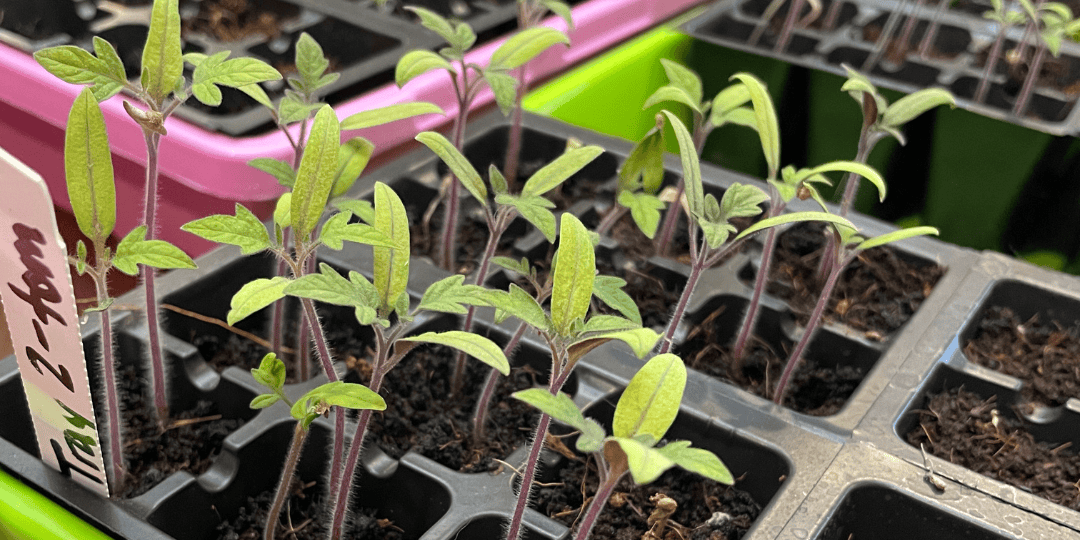
How to Start Seeds Indoors in Zone 5: Tips, Timeline, and Best Plants
Learn when to Start Seeds Indoors in Zone 5 plus grab some tips and tricks along the way. If you’re new to gardening, this is a great place to start! Starting your seeds indoor can help combat the shorter growing season that we have in zone 5. Learn when to start some popular seeds to they are ready to be transplanted after the danger of frost has passed. If you’re thinking big learn about Planning Your Homestead.
This post contains affiliate links. This will not cost you anything but will help us offset the cost of running the blog. We only share products we use and would recommend to a friend. Thank you for your support! Click ‘HERE’ for more info.
How Do I Find My Zone?
If you’re new to gardening you might not be familiar with plant hardiness zones. These zones help gardeners and growers determine the best time to grow your gardens. In the US you can go to the US Department of Agriculture website and enter your zip code to find which zone you’re in plus a ton of other useful information. If you live in Canada, you can go to this site.
Knowing your zone will help you determine when to start your seeds indoors or outdoors, transfer the seedlings outside after the danger of frost, and help ensure you get the fruits of your labors before the first frost kills your plants! Learn more about Shopping your Zone in this post.
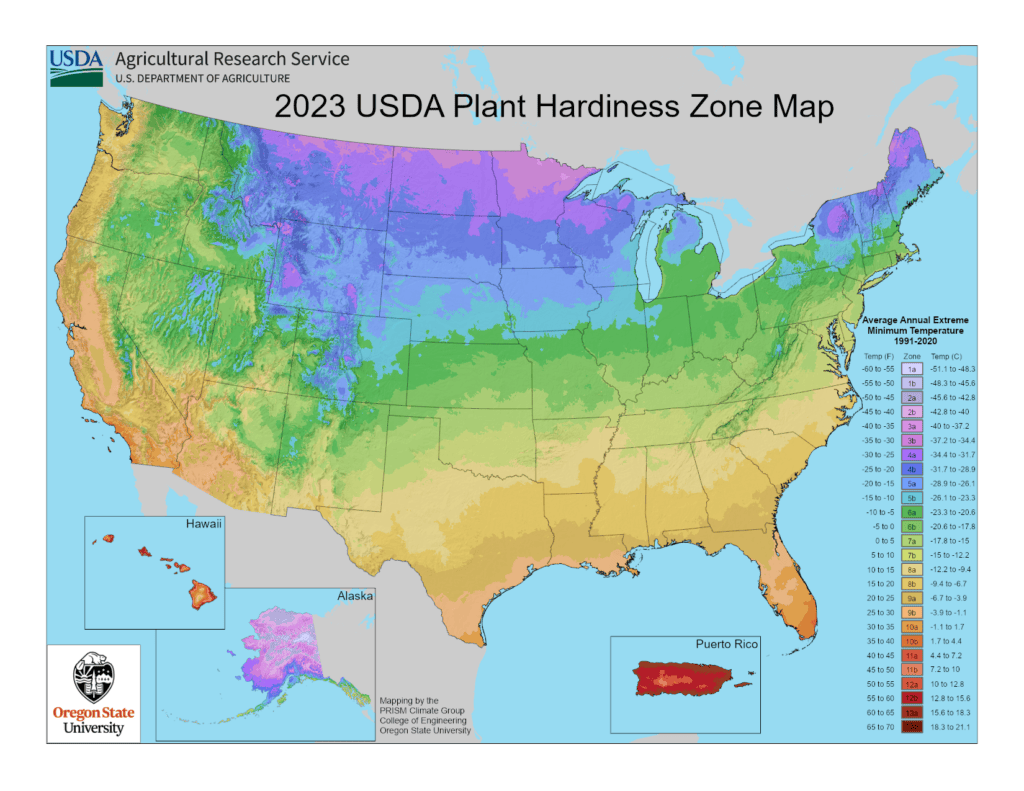
In this post we’ll be focusing on zone 5 because that’s where I am! I live in Northern Illinois, which is so much different than zone 9 where my blogging bestie Lisa lives and talks about on our blog too. So look out for zone 9 tips too if you find yourself there. If you don’t follow your zone for your planting you could end up starting your plants too late and not get any fruit before the freeze comes. Alternately, you could start them too early and early frosts could kill your plants. Knowing your zone and planning are the keys to your gardening success.
Why to Start Seeds Indoors in Zone 5
The growing season for zone 5 is between 150-180 days and while that seems like plenty of time, it takes some plants an extended amount of time to bear fruit! Take the luffa for example, it takes a luffa plant 120-180 days to mature (read more about planting luffas here)! If you don’t start those babies inside before your last frost the chances of you being able to harvest them is slim. Even tomatoes and peppers can take 85-90 days to mature after transplanting so you want to make sure you get your plants in the ground in plenty of time for them to start growing their fruit.
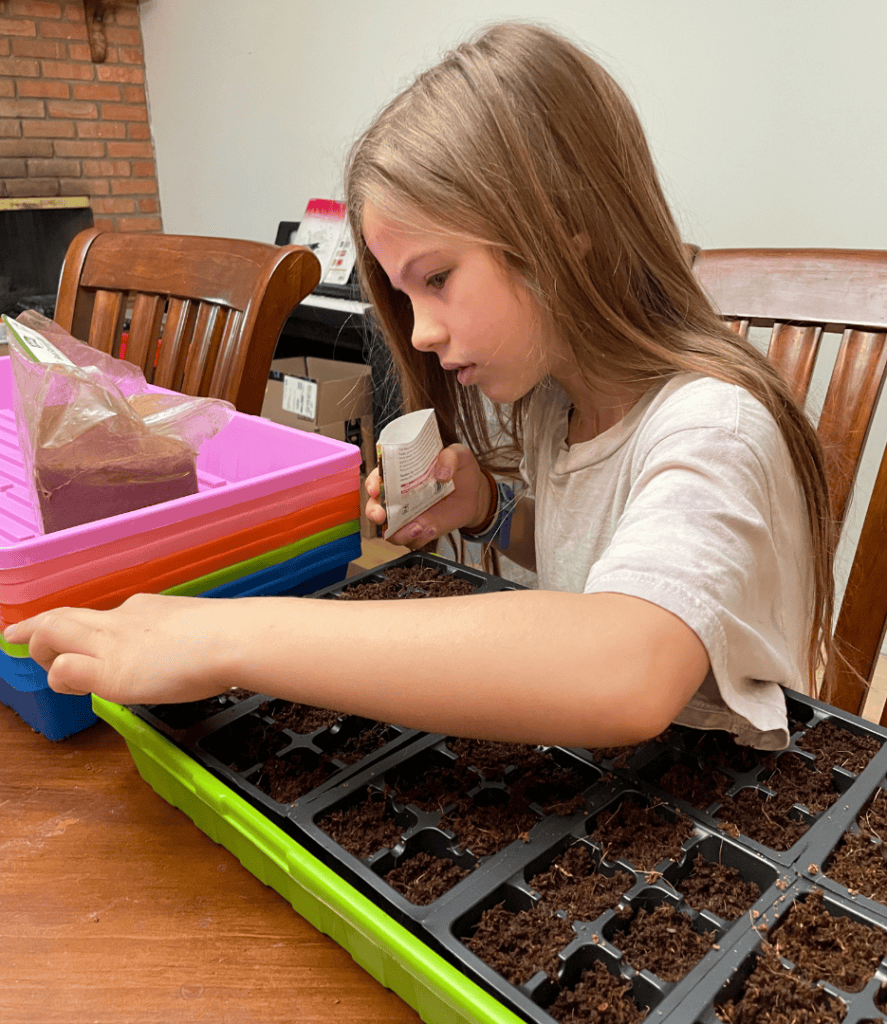
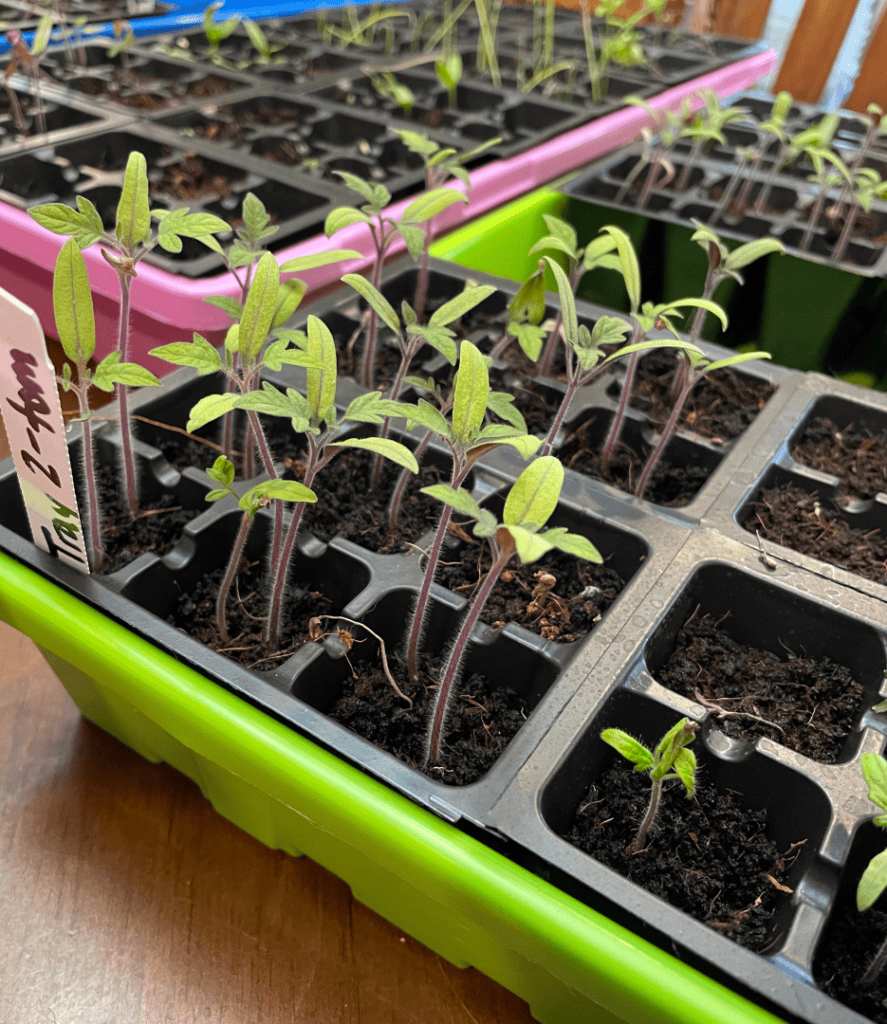
Starting seeds indoors allows us Zone 5 gardeners to extend our growing season. Indoor seed starting gives plants a head start, so they can be stronger and more established when it’s time to transplant them outdoors. Don’t waste valuable growing time waiting for your last frost date to come around!
Last Frost Date in Zone 5
When planting in your garden, you want to pay CLOSE attention to the first and last frost dates in your area. The average last frost in zone 5 is between April 1-April 30 but they vary based on your exact zip code and microclimate. The Old Farmer’s Almanac will help you pinpoint your average last frost date so you can use it to plan. My average last frost date is between May 1-10, but sometimes it’s a little later.
Don’t just go by what your average last frost date it though, when it gets closer to your average date make sure you are checking the weather and the 10-day forecast before you make the decision to move your plants outside. Delicate plants like tomatoes, peppers, or melons will not survive even a light frost!
Supplies for Starting Seeds
- Seed Starting Mix – Learn how to easily make your own!
- Pots – I like starting out with the small cell seed trays and moving up as I need to pot up my plants.
- Trays – I love these colored trays to put my pots in. They allow me to water from the bottom so easily and I think the colors are so fun. They’re really sturdy and easy to clean. They will last me years and years or starting seeds.
- Seeds – Can’t start plants without seeds! These seed companies have a wide variety of organic, heirloom seeds to choose from!
- Grow lights, shelves, a fan, and any other supplies you might need to start growing your plants inside can be found on our Seed Starting Page.
When to Start Seeds Indoors
Based on your last frost date, most Zone 5 gardeners can start their seeds indoors 6-8 weeks before their last frost date. For example, if the last frost date is April 15, starting seeds around mid-to-late February would give them enough time to mature before being transplanted outside. Here are some suggestions for when to start certain vegetables, herbs, and flowers! Always check your seed packet for more information on when to plant.
These are just suggestions and many plants can be planted at different times so don’t use these dates as hard rules, only as a guideline to start from. Knowing which plants to grow and when to start seeds indoors in Zone 5 is essential for a successful garden.
Seeds to Start Early to Mid-February (8-10 Weeks Before the Last Frost)
It can be really difficult to start seeds in February when we’re in the middle of the freezing winter. I love to look at photos of my beautiful veggies and flowers to get more into the gardening mood!
- Tomatoes
- Peppers
- Eggplants
- Chilies
- Marigolds
- Zinnias
- Calendula
- Chamomile
Zinnias & chamomile flowers can be slow starters so giving them a head start inside will ensure you have a bright season full of blooms!
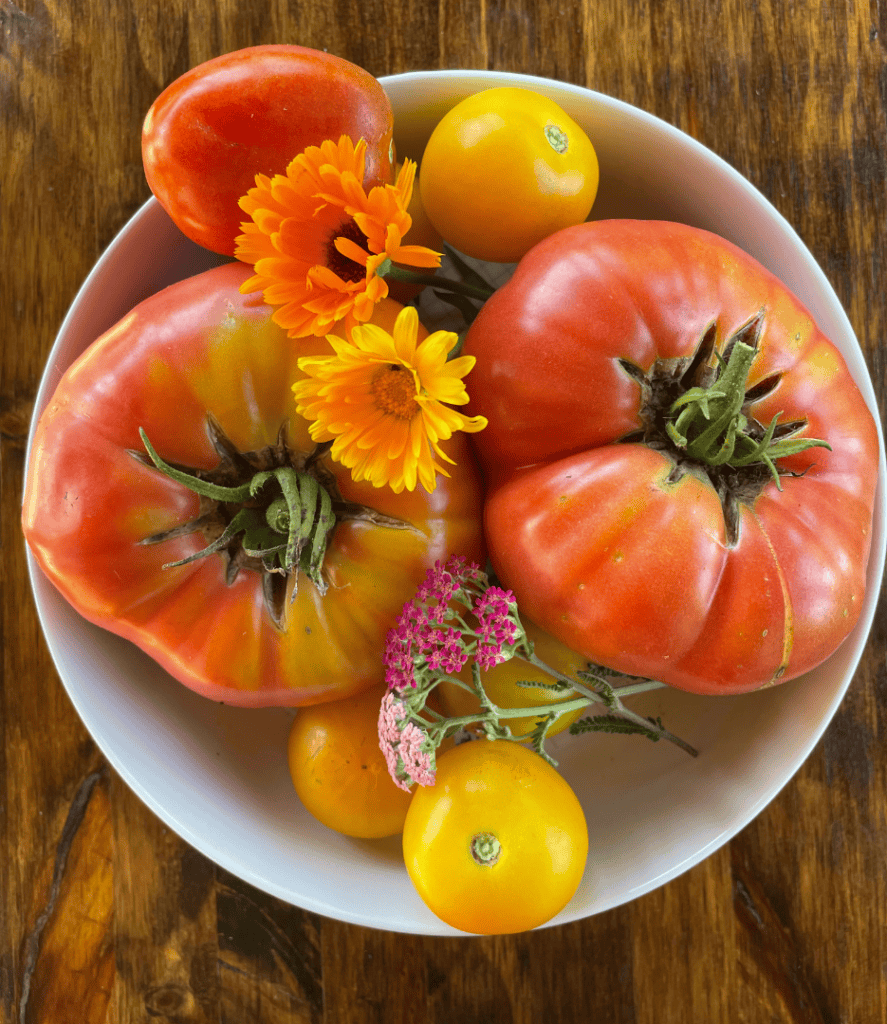
Seeds to Start late-February to Early March (6-8 Weeks Before Last Frost Date)
- Cucumbers
- Melons
- Kale
- Cabbage
- Broccoli
- Lettuce
- Basil
- Thyme
- Sunflowers-these can be started outdoors after the danger of frost but starting them indoors will give you earlier blooms.
Seeds to Start Mid March to Early April (4-6 Weeks Before Last Frost Date)
- Calendula
- Marigolds
- Herbs (Cilantro, Parsley, Oregano)
- Spinach
- Arugula
- Nasturtiums
- Watermelon
- Luffa
- Pumpkins
Frost-Tolerant Seeds to Start Outdoors Early to Mid April
These seeds can be started outdoors before your last frost date because they can survive some light frost. They are cold-tolerant plants!
- Sugar Snap Peas
- Snow Peas
- Spinach
- Lettuce
- Cabbage
- Mustard Greens
- Arulula
- Kale
- Swiss Chard
- Radishes
- Beets
- Carrots
- Turnips
- Broccoli
Seeds to Start Outdoors After Danger of Frost
These plants don’t need to be started inside, they are quicker growing plants and don’t need the extra time indoors.
- Pumpkins – depending on the variety and when you want them to be ready
- Zucchini
- Watermelon
- Beans
- Green Beans
- Corn
Ideal Growing Conditions to Start Seeds Indoors in Zone 5
Starting seeds indoors doesn’t have to be too difficult but there are a few things to keep in mind and ways to prepare for successful seed starting. Before you start seeds indoors in zone 5 you need the right soil mixture, light, the right temperature, a good watering routine, and some air circulations.
Soil
You need a good seed starting mix to give your seeds the best environment to germinate. Learn how to Make Your Own Seed Starting Mix.
Light
Seeds need light! It is best to have grow lights right above your seedlings so they do not have to work too hard to get the light they need. If the light is too far away your seedlings will reach for it and become weak and leggy.

Temperature
Some seeds, like peppers, require a little more heat to germinate. A heating pad can be helpful to keep the soil warm. Generally, you want to avoid extreme temperatures and keep the range between 65º-75ºF.
Water
Seeds need moisture to germinate. Use a spray bottle to keep the surface of the soil moist but not soggy. Mist the top of the soil once per day, allowing it to dry out before spraying again. Once the seeds sprout start watering from the bottom of your seed starting trays. Place your seedlings in a tray with water and allow them to absorb the water from the bottom. Make sure to pour out any extra water so they aren’t sitting in water for long periods of time. Bottom watering helps prevent waterlogging the soil surface, which can lead to disease. It also encourages strong root development as the roots will seek out the water. When the top of the soil feels slightly dry you can water again so the soil stays moist.
Air Circulation
Having a fan to circulate air around the seedlings will help prevent mold growth because of excess moisture. It will also help strengthen the delicate stems of the seedlings, preparing them to go outdoors.
Potting Up Your Seedlings
Once your seeds have sprouted, you may need to pot up your seedling to give the roots space to grow. If left in pots that are too small, the roots can become crowded, leading to root-bound plants that are stunted and stressed. You don’t want that! I failed to pot up my tomato plants a few years ago and they were stunted and grew very slowly once I transplanted them compared to the ones that did get potted up.
When you pot up a seedling, you’re transferring it to a larger container with fresh soil, which gives it more room to stretch out and develop a robust root system. This encourages stronger, healthier plants that are better equipped for transplanting into the garden later on.
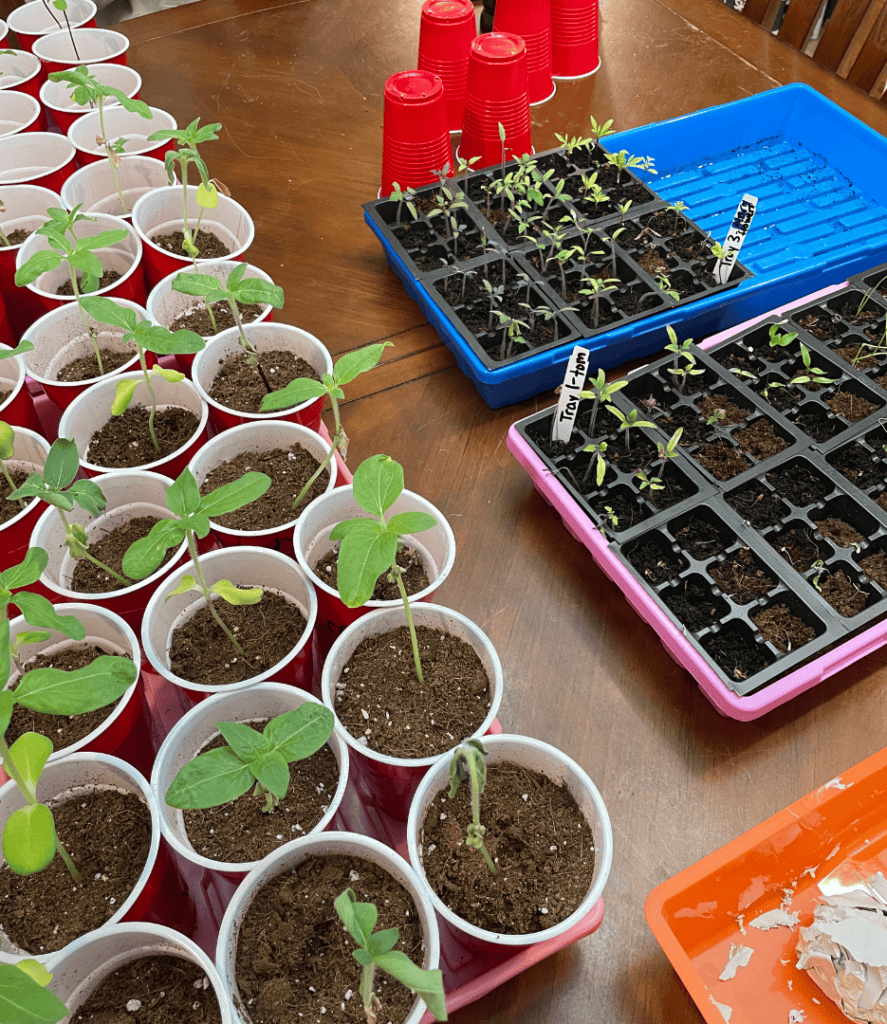
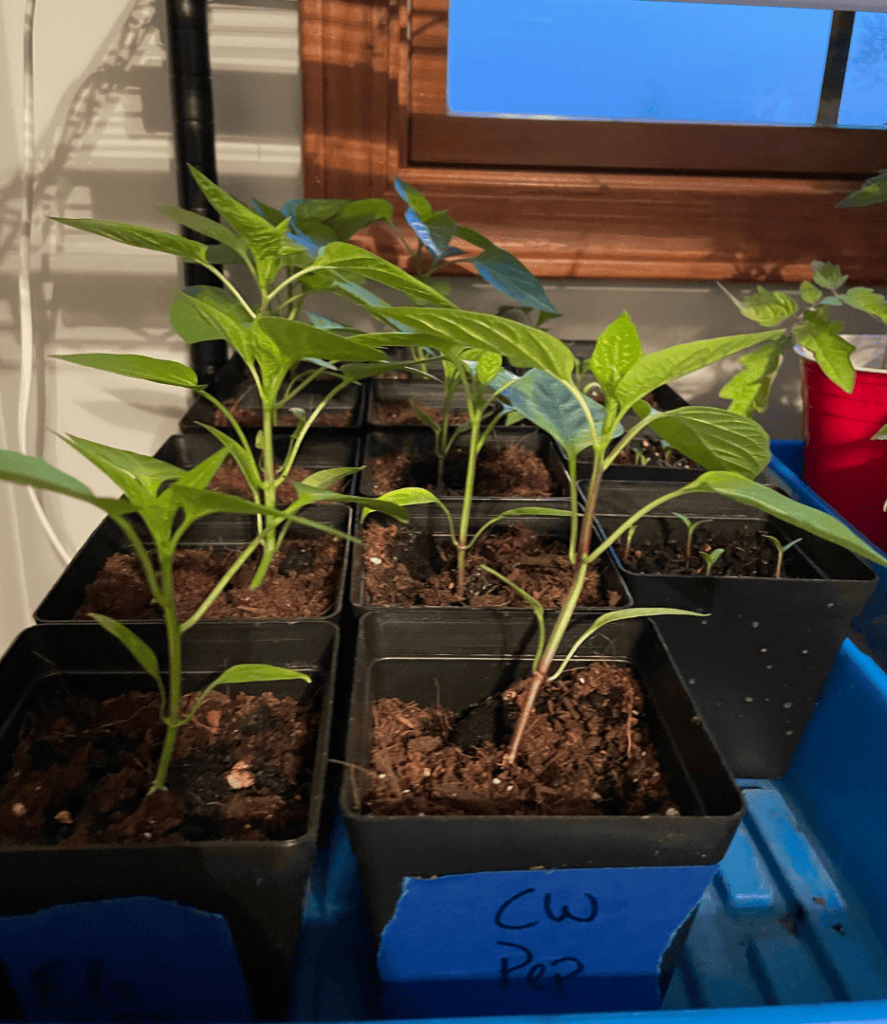
You’ll know when the seedling is ready to pot up if you see crowded roots starting to circle around the bottom of the pot. You may need to gently remove the seedling from it’s container to check. If a seedling has it’s true leaves and appears strong, it may be ready to pot up. If the seedling is starting to lean or reach for light, or looks too big for the container, it’s probably ready to move.
When your seedling is ready to move up in the world, choose a pot that’s 1-2 inches larger than the current one. Use fresh, well-draining potting mix and water the plant before and after repotting. Handle the seedling gently to avoid damaging the roots and lightly put soil around it when you’re placing it in the large pot.

Transplanting Seedlings Outdoors
Most seedlings should be transplanted outdoors after the danger of frost. Before transplanting, seedlings should be gradually exposed to outdoor conditions over a week or two. This is called hardening off. Start by placing seedlings outdoors for an hour or two each day, gradually increase the time. Make sure there no chance of frost while the seedlings are outside, bring them in at night.
Be careful not to let your seedlings get sunburnt by leaving them out in the sun too long when you’re starting to harden them off.
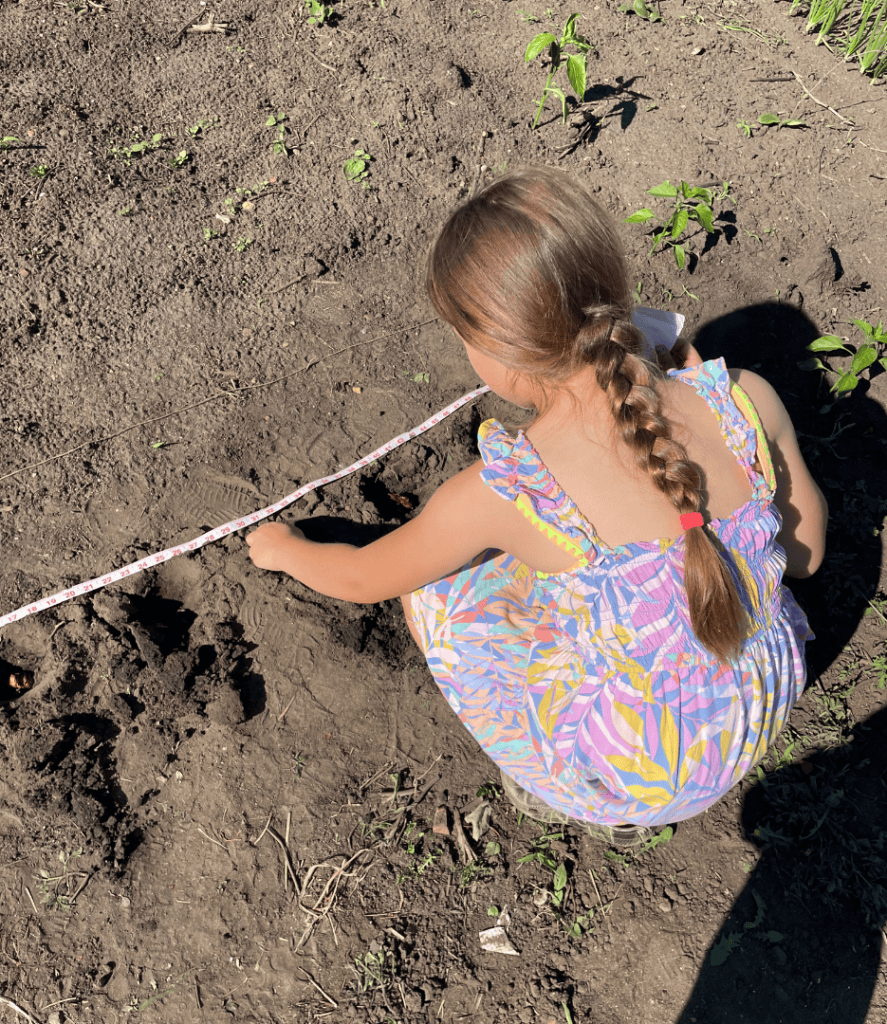
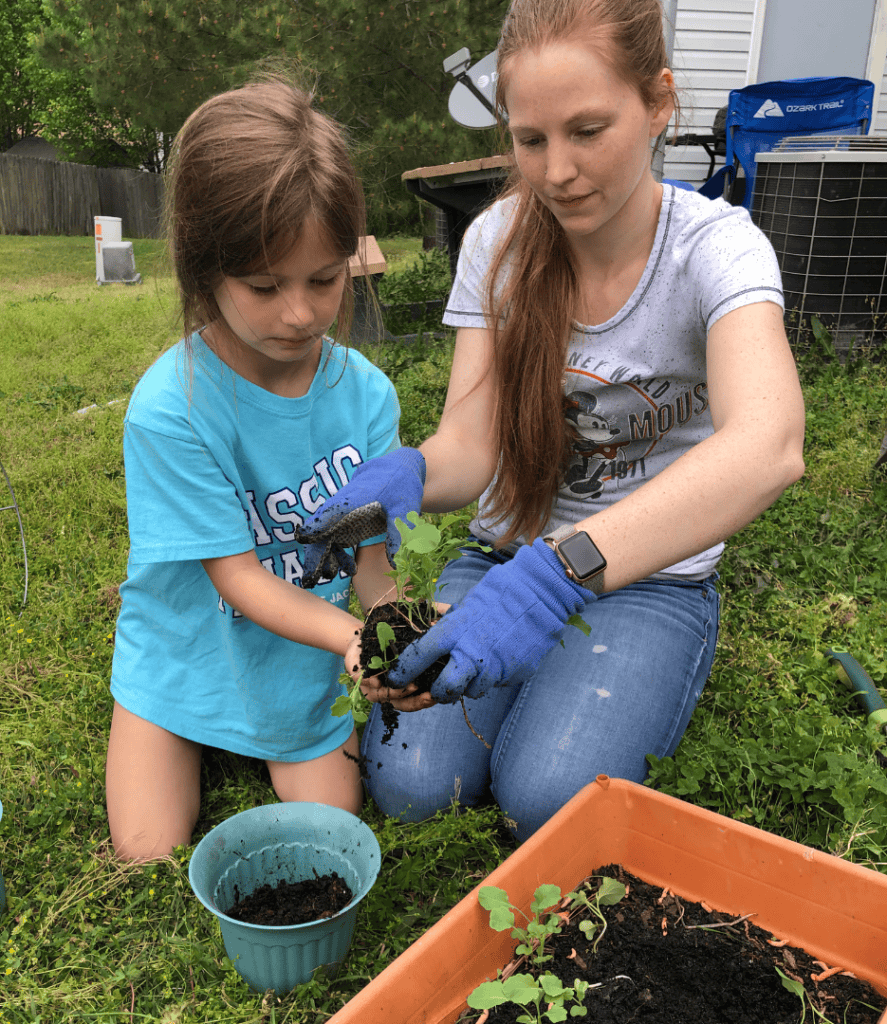
Wait until the outdoor temperatures are consistently above 50°F at night before transplanting. If you’ve transplanted your seedlings and there is a chance of frost, sometimes you can protect your seedlings by covering them. Make sure you are keeping an eye on the temperatures.
I hope you have a good idea of when to start seeds in zone 5 after reviewing this guide! I’m so excited to get my seeds started soon for my garden this year. If you’re new to gardening just remember that we all start somewhere and you can start small! My daughter and I started our first garden when she was about 6 and it was really small but we had a lot of fun! Take a look at our Small Garden here.



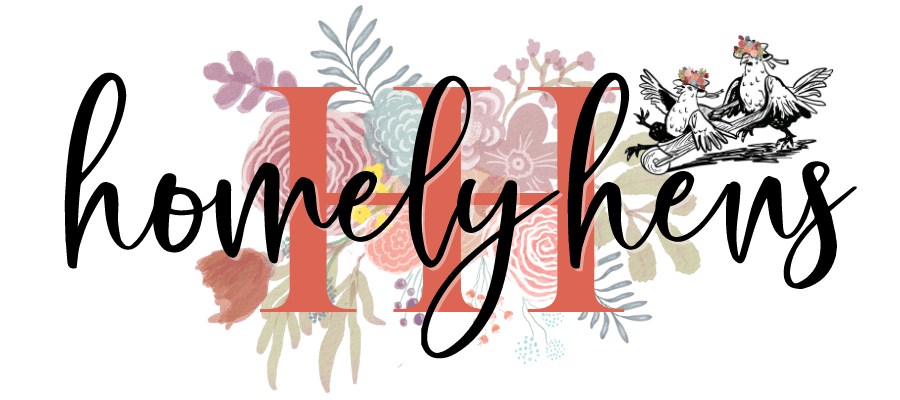
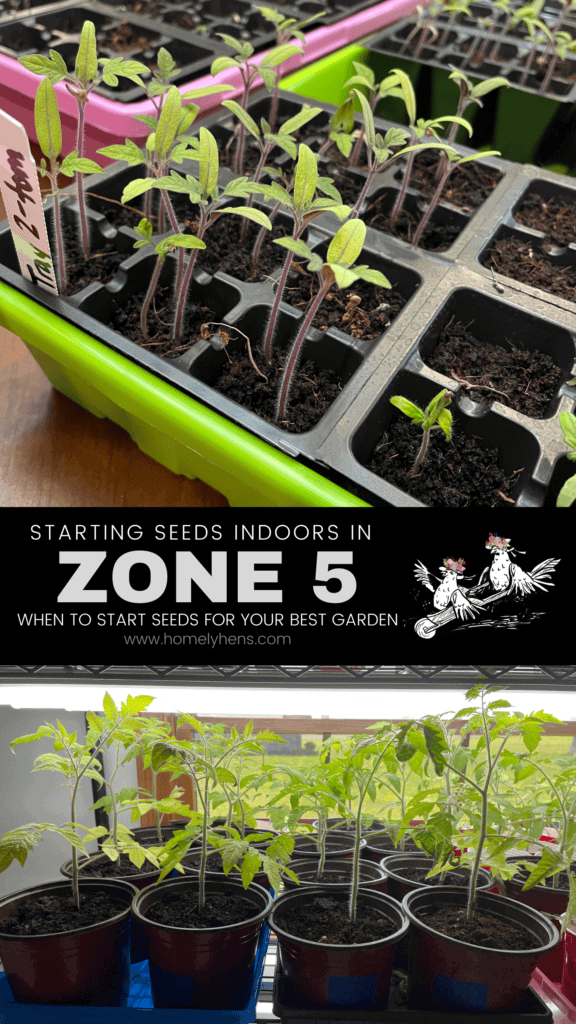
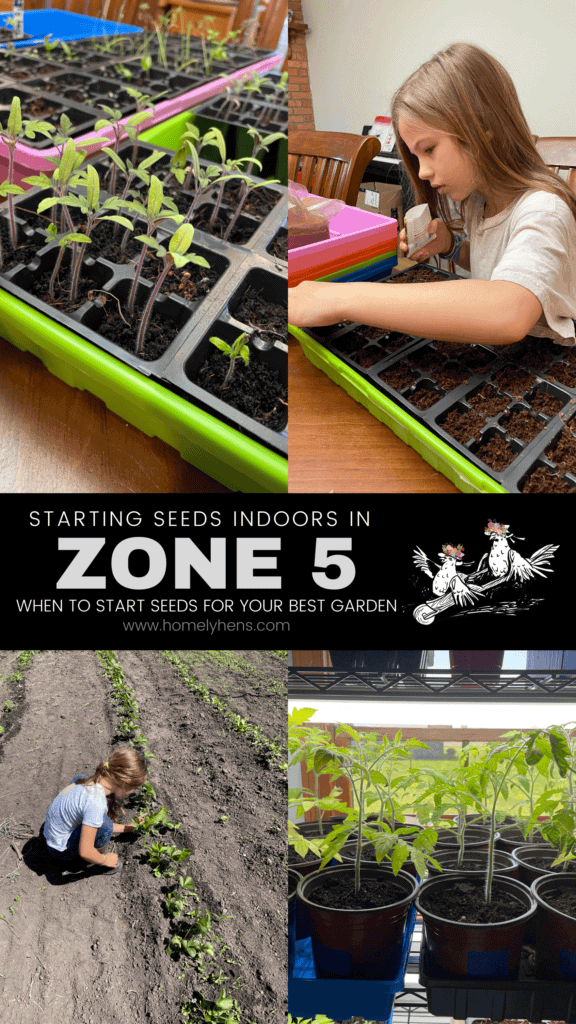

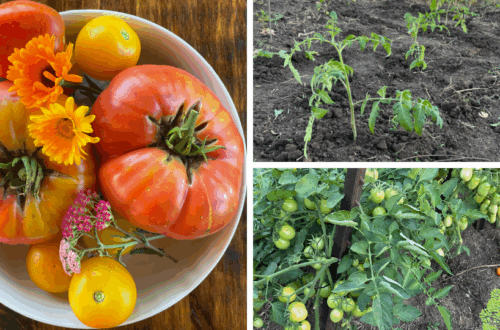
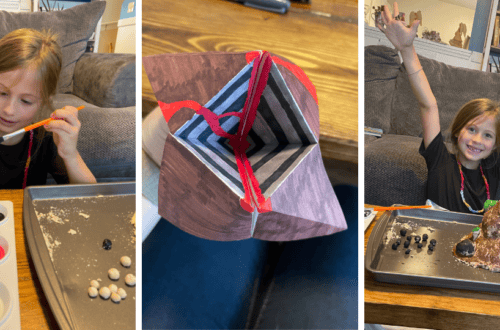
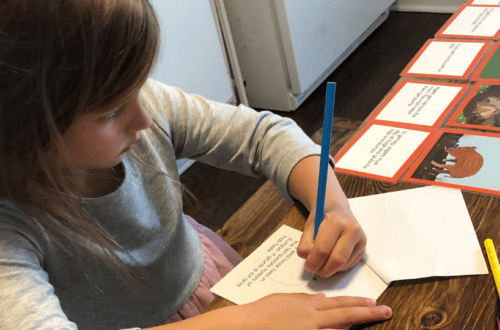
3 Comments
Liberty
Hi Sam!
I grew up in your zone, but now live in 7a. Last year I tried starting seeds in my unheated basement. It worked for a few plants– I wrote a small list somewhere of what grew. And this year I’m going to try to grow foods that I know my family likes to eat– and avoid the ones they don’t. : )
Samantha
Great idea! The first couple of years that I gardened I wanted to grow everything! I then learned to really just focus on the things that we like to eat and then there is less waste and we get to enjoy more of the foods that we grew!
Pingback: